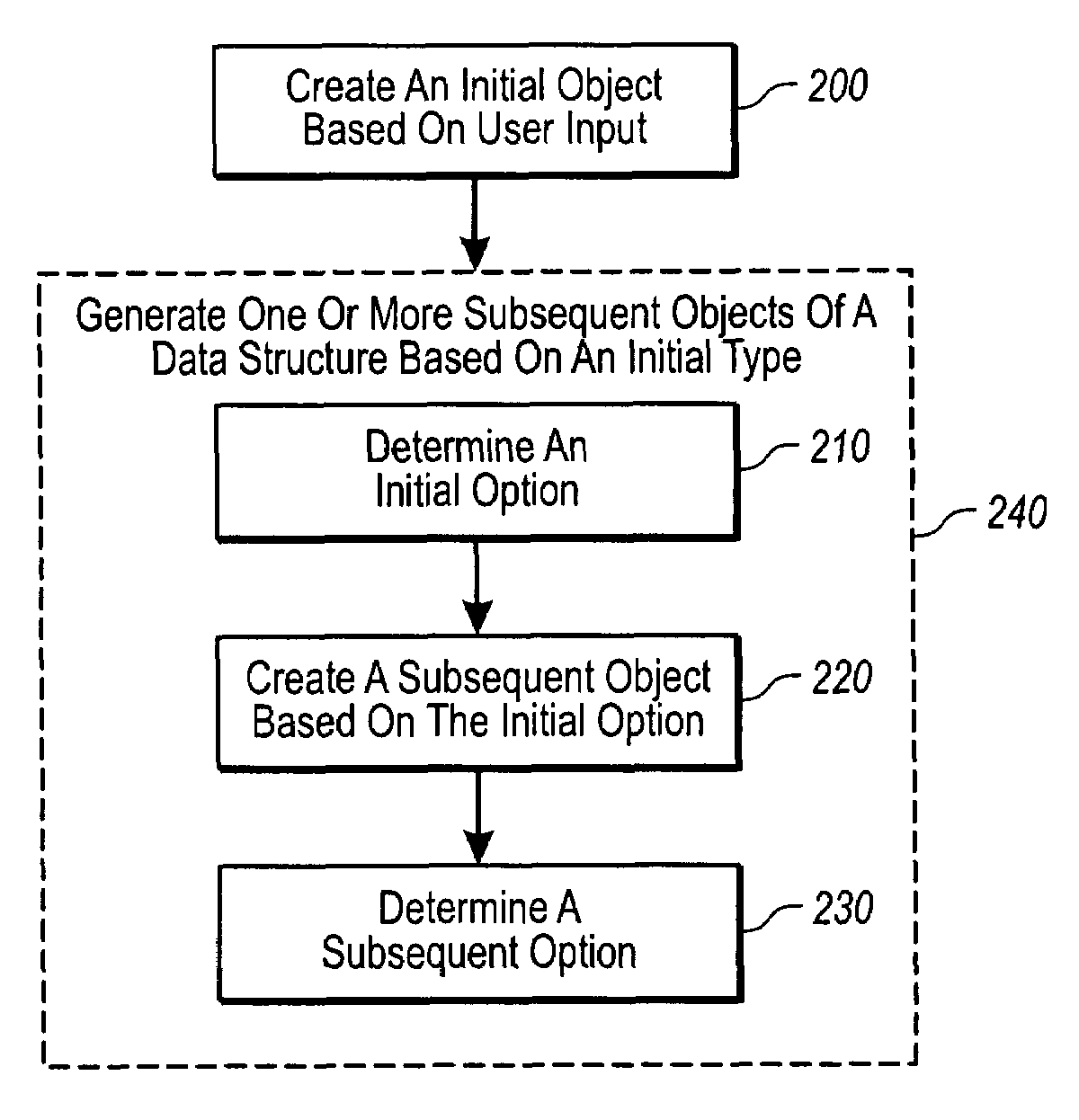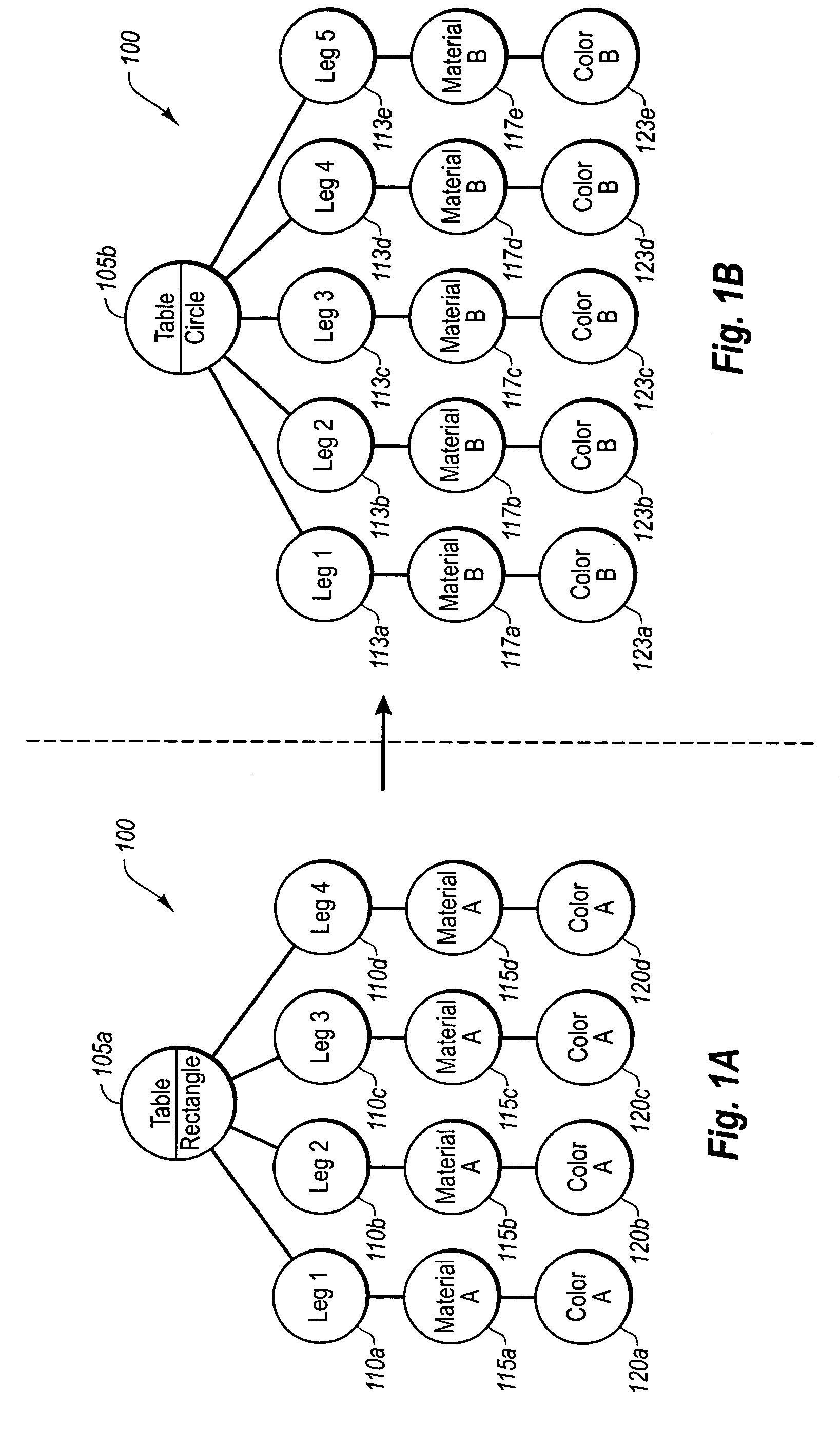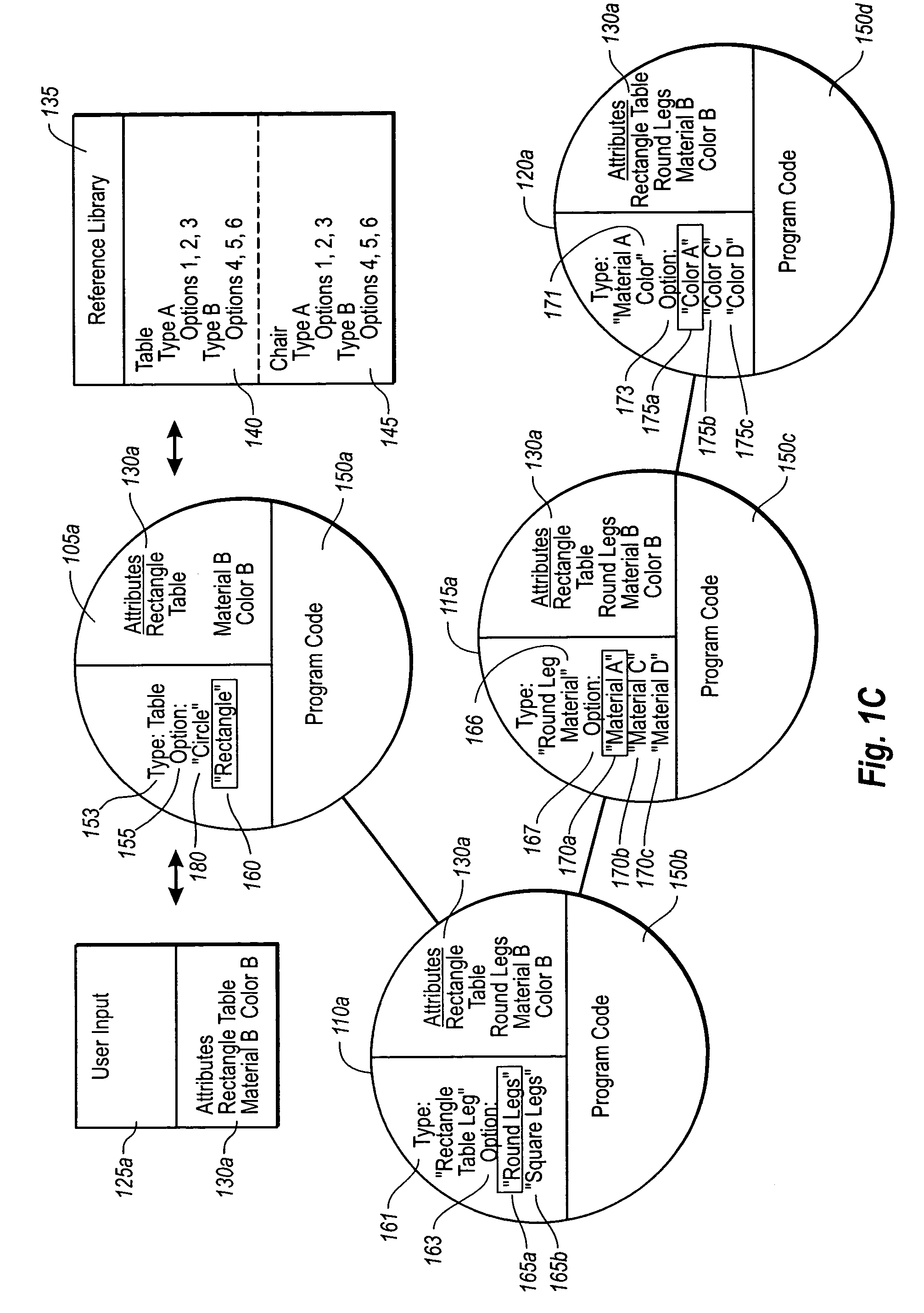Capturing a user's design intent with resolvable objects
a technology of user design and object, applied in the field of user design intent capture, can solve the problems of design being physically impossible or impractical, roof or ceiling collapse, and inefficiency,
- Summary
- Abstract
- Description
- Claims
- Application Information
AI Technical Summary
Problems solved by technology
Method used
Image
Examples
Embodiment Construction
[0027]The present invention extends to systems, methods, and computer program products configured to automatically resolve a user's design choices in real time. In particular, implementations of the present invention relate to the creation of program objects in response to user input, where the program objects are configured to continually and automatically resolve a user's design choices in real-time and in consideration of real-world scenarios.
[0028]For example, as will be understood from the present description and claims, one aspect of the invention relates to associating user input with a software object that includes type and option components. Another aspect of the invention involves automatically creating child objects based on one or more selected option components of the prior parent object. Still another aspect of the invention relates to ensuring that user selections accord with real-world values in real-time, such as by implementing program code in each of the parent an...
PUM
 Login to View More
Login to View More Abstract
Description
Claims
Application Information
 Login to View More
Login to View More - R&D
- Intellectual Property
- Life Sciences
- Materials
- Tech Scout
- Unparalleled Data Quality
- Higher Quality Content
- 60% Fewer Hallucinations
Browse by: Latest US Patents, China's latest patents, Technical Efficacy Thesaurus, Application Domain, Technology Topic, Popular Technical Reports.
© 2025 PatSnap. All rights reserved.Legal|Privacy policy|Modern Slavery Act Transparency Statement|Sitemap|About US| Contact US: help@patsnap.com



